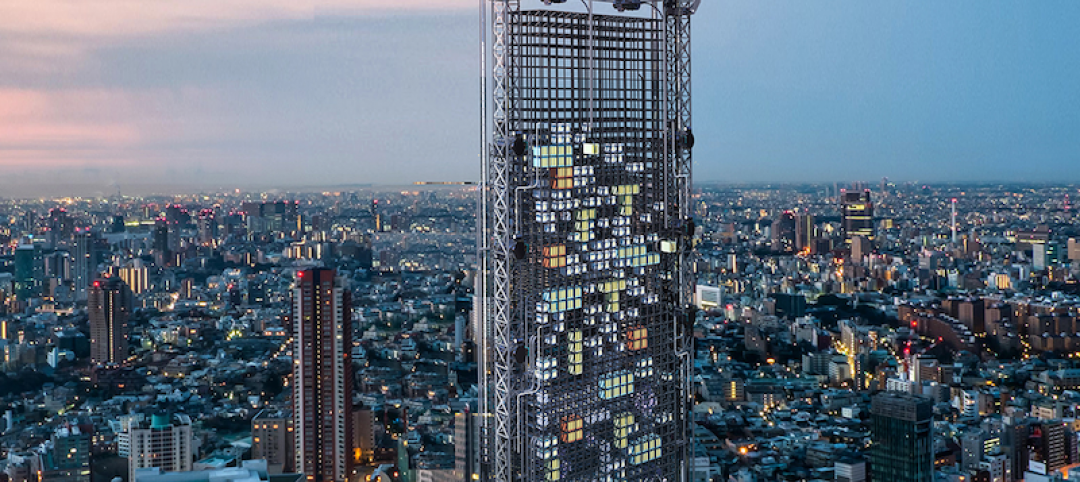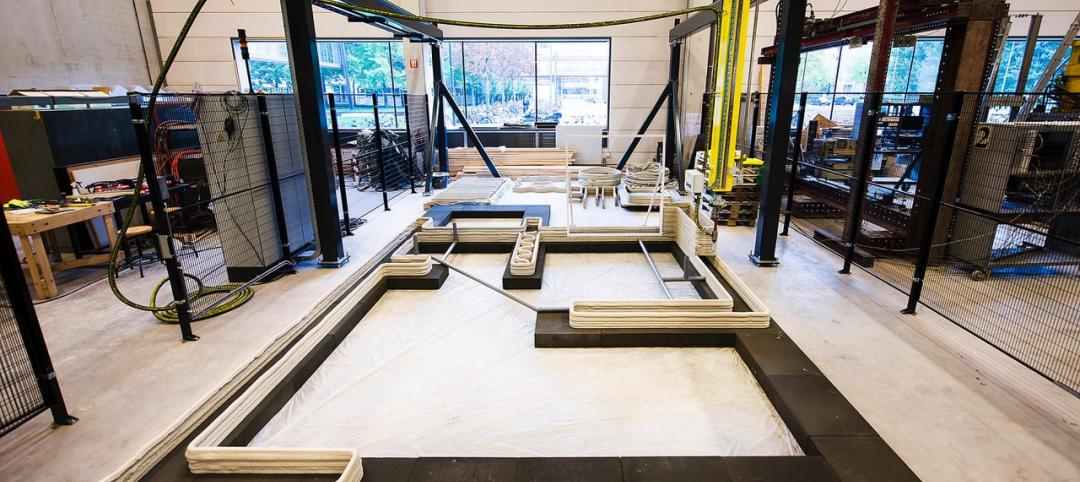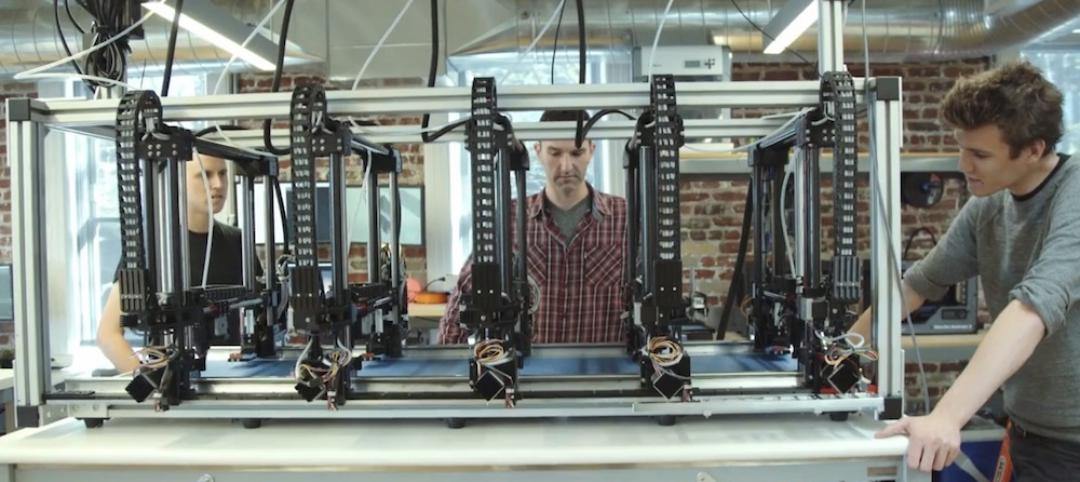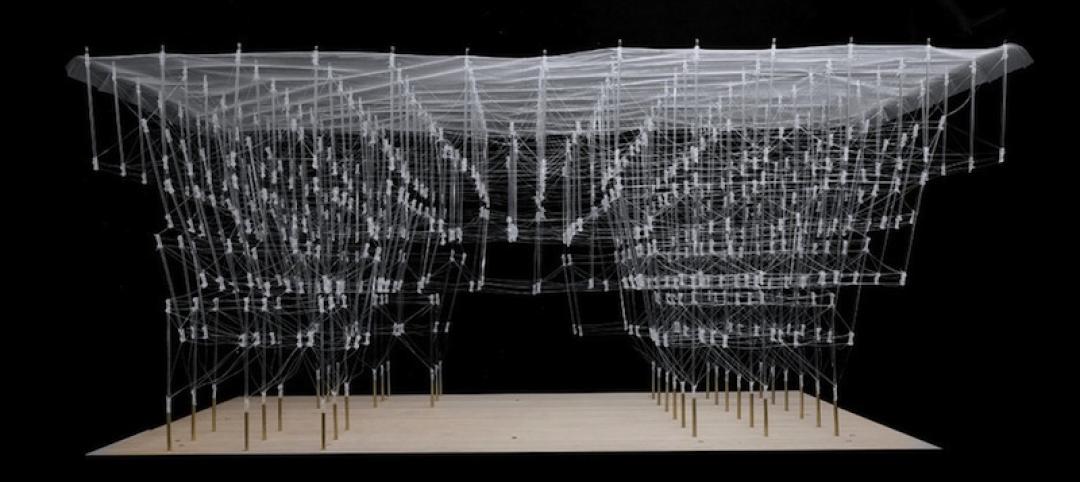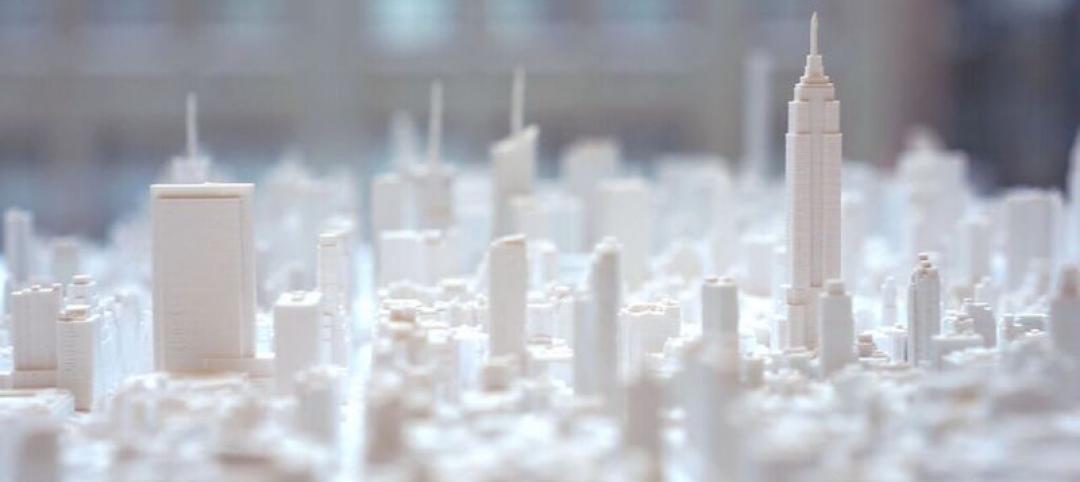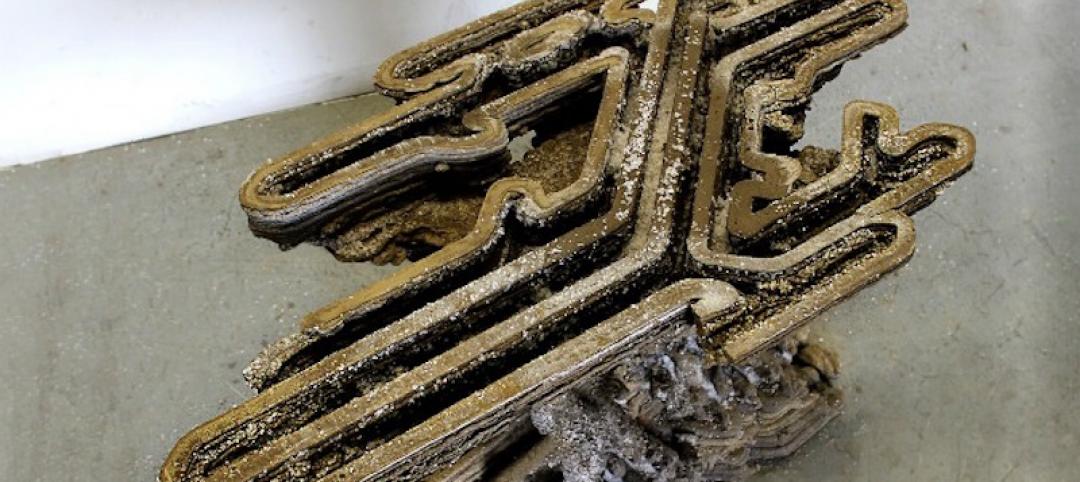The University of Michigan’s DART Laboratory has unveiled a new product called Shell Wall—which the organization describes as the first lightweight, freeform 3D printed and structurally reinforced concrete wall. The innovative product leverages DART Laboratory’s research and development on the use of 3D-printing technology to build structures that require less concrete.
Ultra-lightweight, 3D printed concrete walls can facilitate the implementation of 3D concrete printing with thermal insulation while requiring less concrete and rebar. Compared to a conventional, solid concrete wall of equivalent size, Shell Wall delivers a 72% reduction in weight while offering the same structural strength. DART Laboratory’s technique allows for waste-free concrete construction and efficient use of material by placing it exactly where it’s needed for structural purposes.
Shell Wall’s 3D concrete printing method uses a computational model to optimize layout throughout robotic construction, reducing the use of concrete and creating greater design flexibility. Shell Wall supports its load case with material distributed in a grid of curved ribs. The concrete between the ribs is domed to increase stability and minimize the amount of material.

Shell Wall also can regenerate forms that closely match the initial optimization while accounting for fabrication and material constraints. For instance, during the design stage, it can automatically suggest alternative geometric features in areas where the deposited material might collapse due to a sharp angle or where the robot might collide with itself.
By using commonly available concrete instead of highly specialized mixes, Shell Wall can mitigate challenges faced by the construction industry, including material and labor shortages, rising global greenhouse emissions, and new regulations. The product also can help meet rising demand for homes and infrastructure. Shell Wall’s use of commonly available materials can facilitate the practical implementation of 3D concrete printing for affordable and low-cost housing developments.
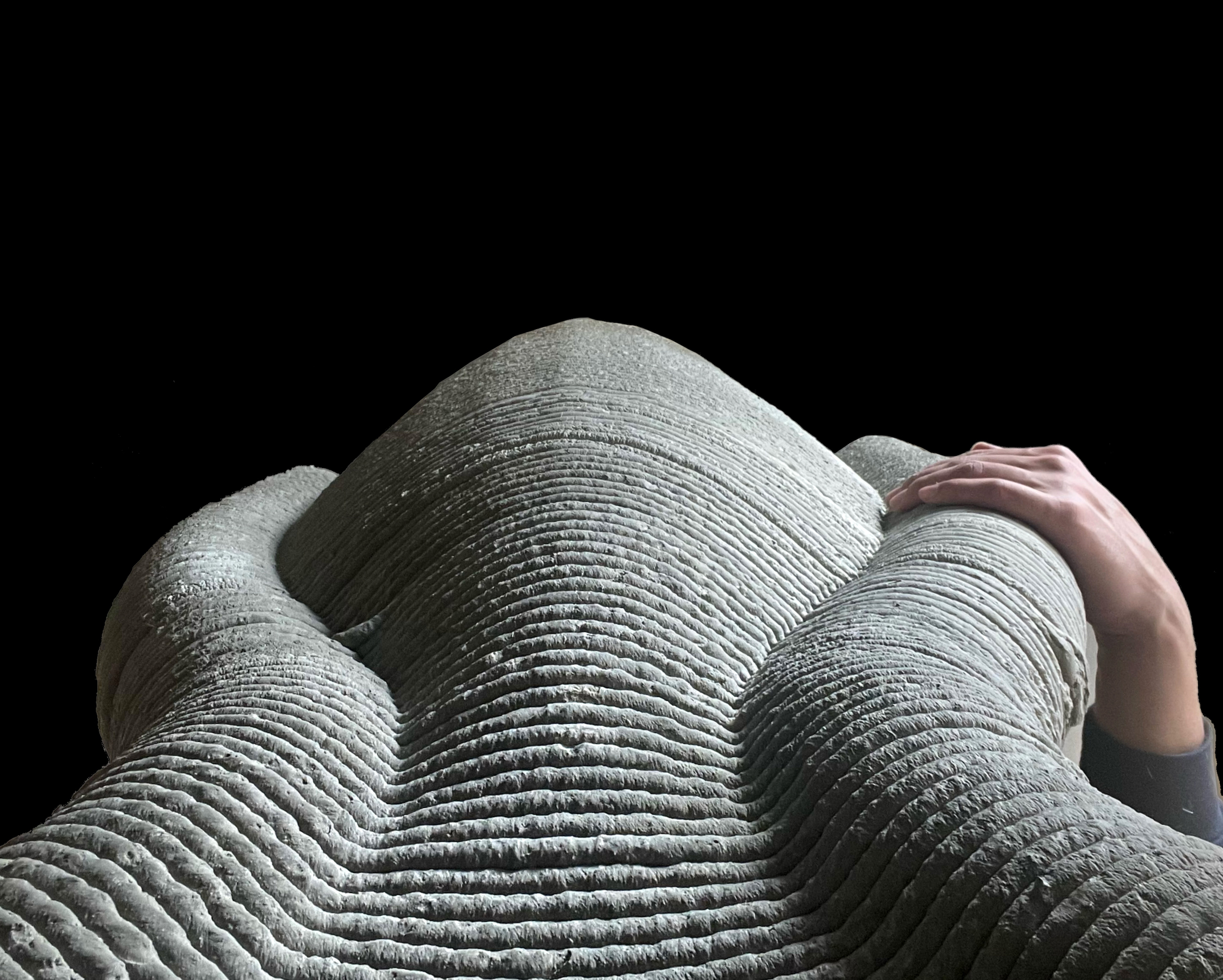
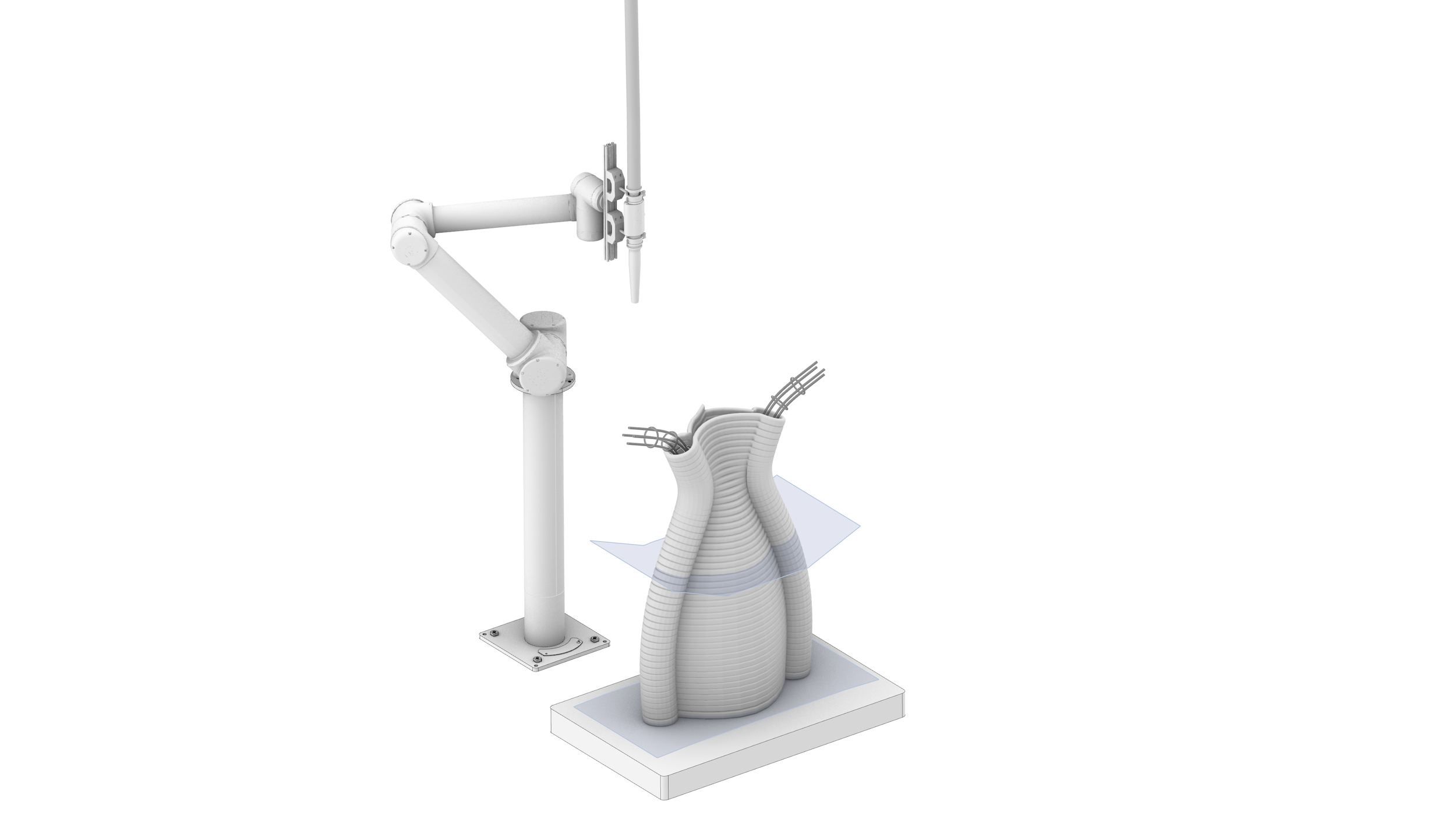
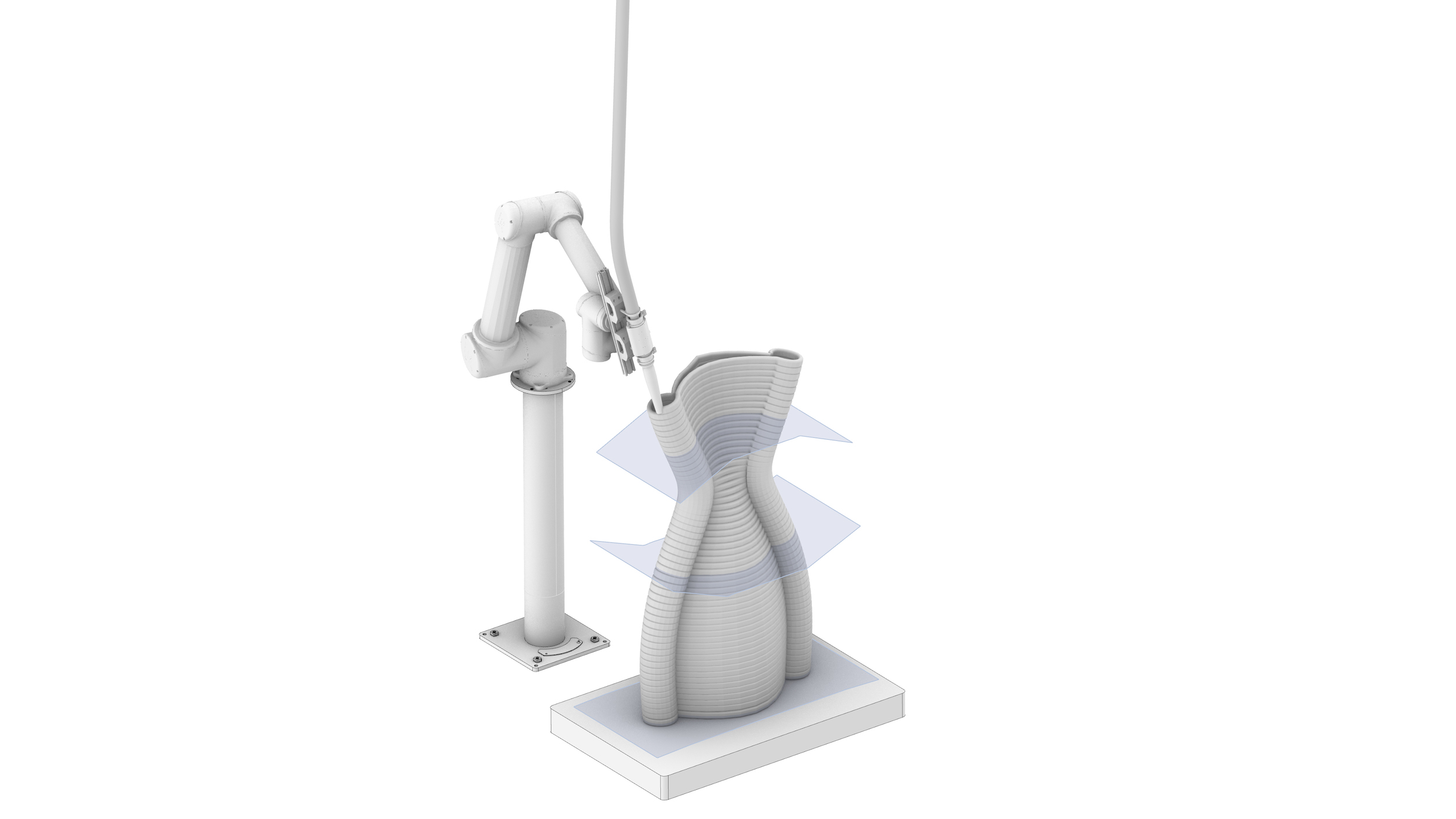
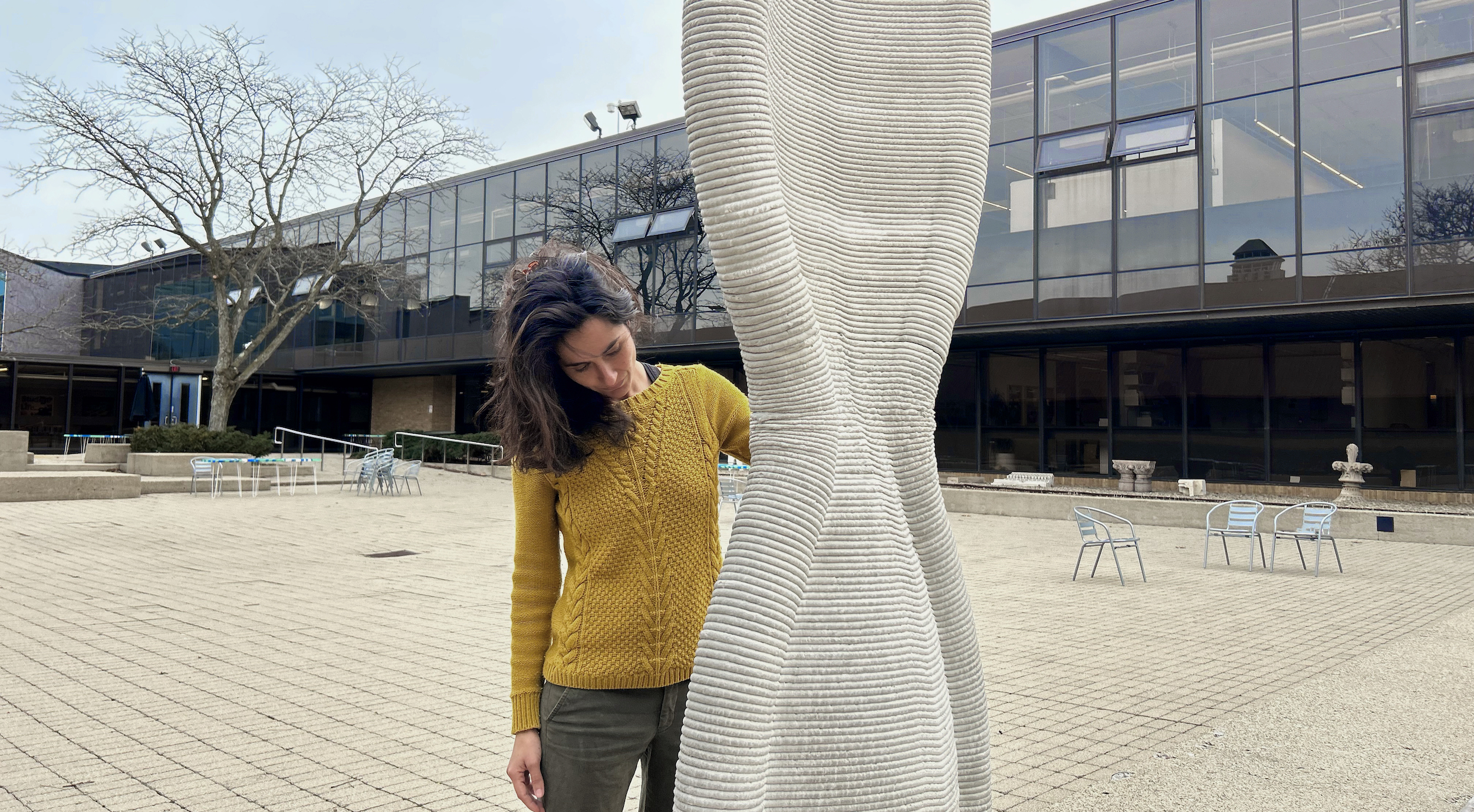
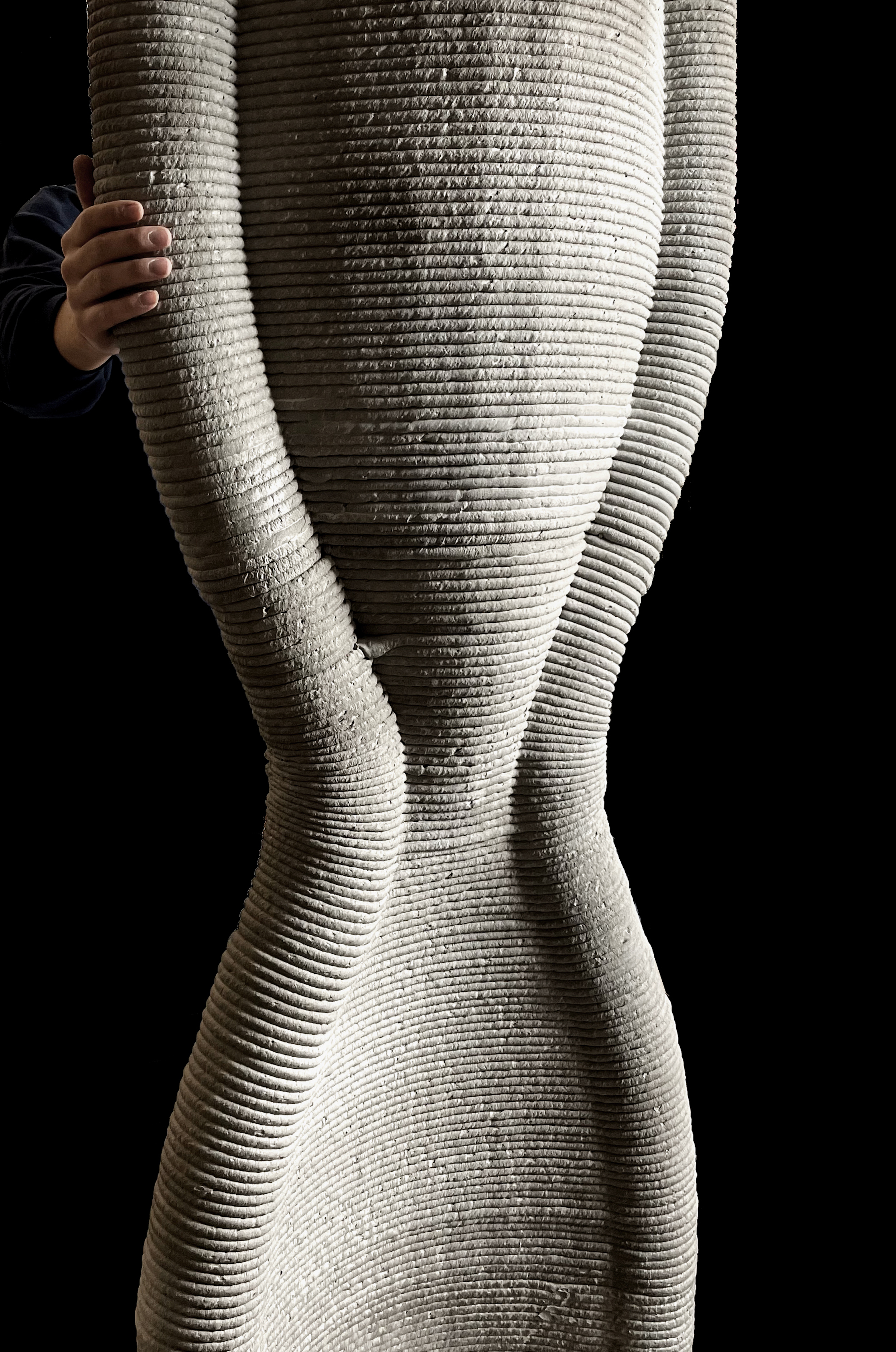
Related Stories
3D Printing | Apr 17, 2017
The Tokyo Pod Vending Machine resembles a giant game of Tetris in the sky
The building is designed to print and dispense its own dwellings in vending machine-obsessed Tokyo.
University Buildings | Oct 19, 2016
UC Merced to nearly double its size by 2020
Its growth strategy includes adding 1.2 million sf of space for teaching, housing, and research.
3D Printing | Jun 14, 2016
By 2021, 3D concrete printing is projected to be a $56.4 million industry
The 3D concrete printing industry is expected to more than double in size within the next five years.
3D Printing | May 26, 2016
Dubai opens world’s first 3D-printed office
The 2,690-sf structure took 17 days to print. City officials say the labor cost was only half as much as similar size conventional buildings.
3D Printing | Mar 29, 2016
Autodesk’s Project Escher prints large objects in fraction of the time
By networking 3D printers and divvying up the work, the project creates big items 80% to 90% more efficiently.
3D Printing | Feb 23, 2016
University of Tokyo students develop 3D-printing pen
The pen, which melts and strings together plastic filaments, can be used to make large-scale temporary structures.
3D Printing | Feb 11, 2016
Microscape mini 3D models give you the whole city in your hands
Starting with Manhattan, the company hopes to expand to other cities, villages, and "suburban cul-de-sacs" with its detailed, 3D models.
3D Printing | Jan 25, 2016
Architecture students create new method for 3D printing concrete
The team's Fossilized project allows for structures that are more varied and volumetric than other forms so far achieved.



